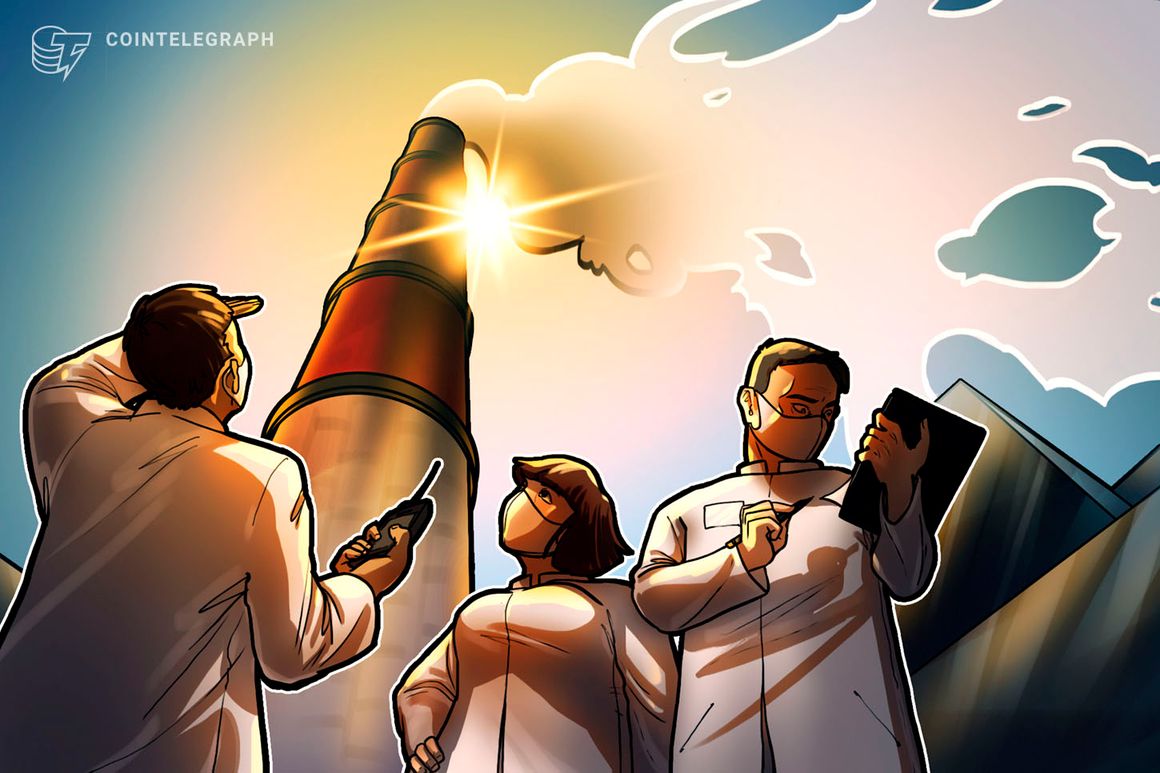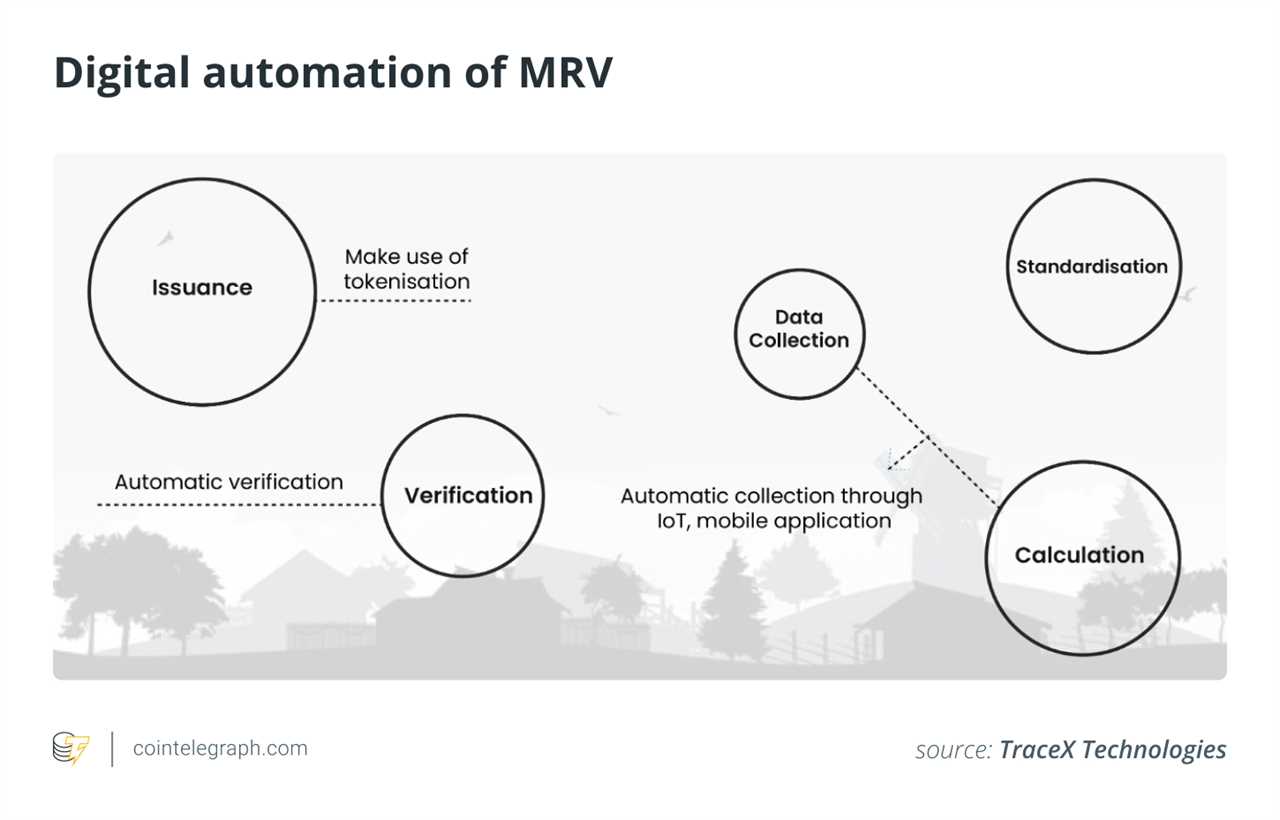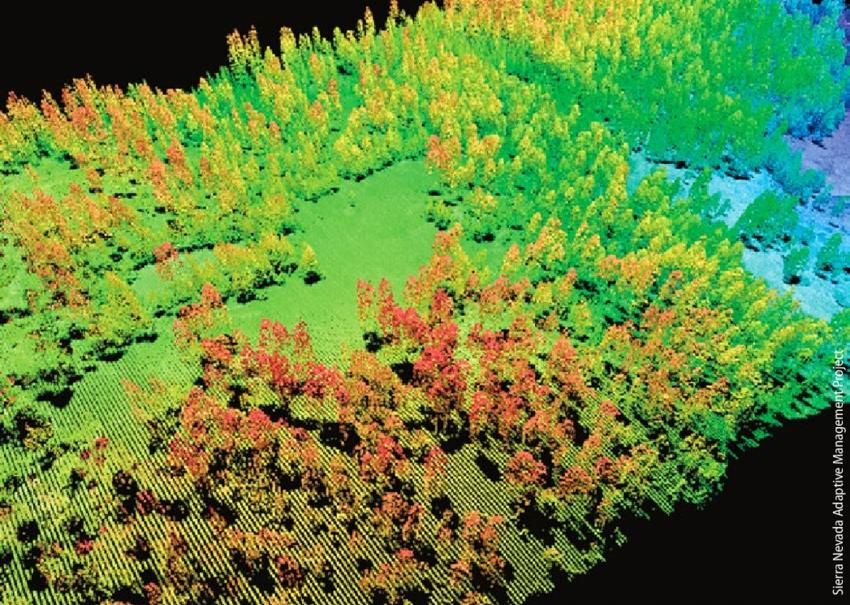
The Challenge of Measuring and Verifying Nature-Based Carbon Projects
Efforts to accurately measure, report, and verify greenhouse gas (GHG) emissions continue to challenge researchers, nonprofits, corporations, and governments. This is especially true for "nature-based" projects that aim to reduce carbon dioxide levels through activities like planting trees or restoring mangrove forests. The lack of accurate measurement and verification has hindered the development of a voluntary carbon market (VCM) where carbon offset credits are traded. However, new technology known as digital monitoring, reporting, and verification (dMRV) could provide a solution.
The Problem with Voluntary Carbon Markets
Voluntary carbon markets (VCMs) have faced intense criticism recently. An investigation by The Guardian found that more than 90% of "rainforest offset credits" approved by the leading certification firm Verra are likely to be "phantom credits" that do not represent genuine carbon reductions. This revelation has raised concerns about the efficacy of carbon-reduction projects and the credibility of VCMs overall. Something needs to change.

The Potential of dMRV Technology
dMRV technology, which largely automates the measurement and verification process using new technologies like remote sensing, satellite imagery, and machine learning, could revolutionize the way VCMs operate. It also utilizes blockchain technology for traceability, security, transparency, and other purposes. Proponents believe that dMRV can compensate for a shortfall of human auditors and inspectors, gather a broader range of data in real-time, and allow for global comparison of projects for the first time.
Experts' Views
Experts and industry leaders are optimistic about the potential of dMRV to improve carbon markets. Anil Madhavapeddy, a professor at the University of Cambridge, believes that dMRV can move the comparison of nature-based interventions onto a global field, enabling projects to be quantitatively comparable across different baselines. Miles Austin, CEO of climate tech firm Hyphen Global AG, suggests that dMRV can have a significant impact in improving and saving carbon markets.

dMRV versus Traditional MRV
dMRV differs from traditional measurement, reporting, and verification (MRV) methods, which have long been used to underpin sustainability reporting and carbon trading markets. While traditional MRV has weaknesses such as reliance on subjective data, high costs, and lengthy timelines, dMRV relies on emerging technologies and more granular data to create a fully digitized protocol. This could address the challenges of quantifying nature-based projects and make comparisons across projects easier.
The Importance of Accurate Measurement and Verification
Accurate measurement and verification of nature-based carbon projects are crucial for the credibility and effectiveness of carbon markets. With the recent scandal surrounding rainforest offset credits and ongoing allegations of "greenwashing," there is a need to restore trust and feasibility in nature-based assets. dMRV could be the solution we need to improve these markets and ensure their long-term sustainability.
Did you miss our previous article...
https://trendinginthenews.com/crypto-currency/grayscale-wins-against-sec-but-still-no-decision-on-bitcoin-etf






